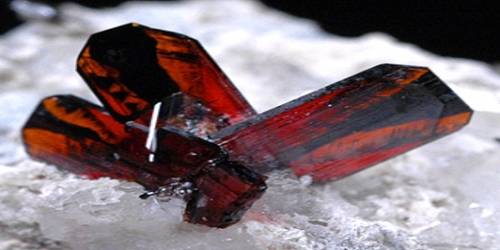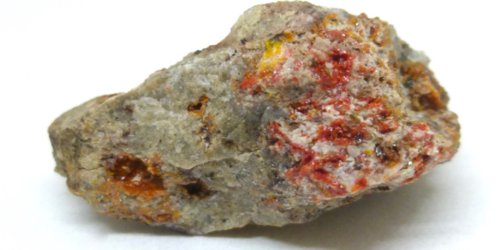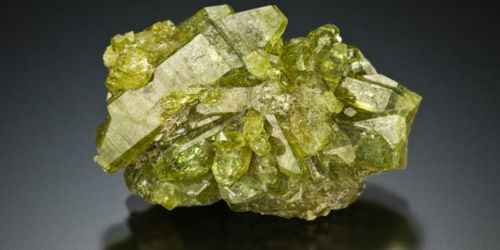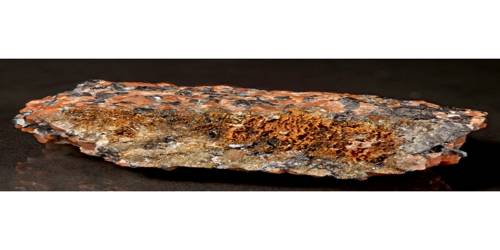Amber is fossilized tree resin, which has been appreciated for its color and natural beauty since Neolithic times. Much valued from antiquity to the present as a gemstone, amber is made into a variety of decorative objects. Amber is used in jewelry. It is very light in weight which allows it to be used in a large jewelry piece without discomfort. It has also been used as a healing agent in folk medicine.
Amber is often imitated by plastics, colored glasses, and some modern tree resins. However, its hardness is usually greater and it is tougher than other resins. Its low specific gravity (amber can float on salt water) and inclusions can distinguish it from plastics and glasses.
General Information
- Color: Blue, Green, Red, Yellow, Brown, Orange
- Luster: Resinous
- Crystal system: Amorphous solid
- Hardness (Mohs hardness scale): 2 – 2.5
- Transparency: Opaque, Transparent
- Refractive index: 1.539 – 1.545
- Notable Occurrences include all Baltic countries; Venezuela; Russia; Romania; Burma; in coal seams in Wyoming, USA, and the Dominican Republic.
- Best Field Indicators are color, density, toughness, softness and trapped insects.
There are five classes of amber, defined on the basis of their chemical constituents. Because it originates as a soft, sticky tree resin, amber sometimes contains animal and plant material as inclusions. Amber occurring in coal seams is also called resinite, and the term ambrite is applied to that found specifically within New Zealand coal seams.
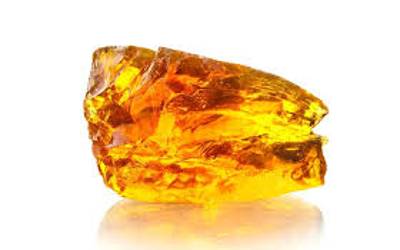
Formation
Molecular polymerization, resulting from high pressures and temperatures produced by overlying sediment, transforms the resin first into copal. Sustained heat and pressure drive off terpenes and results in the formation of amber.
Use
Amber has been used since prehistory (Solutrean) in the manufacture of jewelry and ornaments, and also in folk medicine.
- Jewelry
Amber has been used as jewelry since the Stone Age, from 13,000 years ago. Amber ornaments have been found in Mycenaean tombs and elsewhere across Europe. To this day it is used in the manufacture of smoking and glassblowing mouthpieces. Amber’s place in culture and tradition lends it a tourism value; Palanga Amber Museum is dedicated to the fossilized resin.
- Historic medicinal uses
Amber has long been used in folk medicine for its purported healing properties. Amber and extracts were used from the time of Hippocrates in ancient Greece for a wide variety of treatments through the Middle Ages and up until the early twentieth century.
Information Source:

